Laminitis is not something we ever want to see our horses go through. For those who have heard the term but don’t know the description of the diagnosis, laminitis is when the laminae of the foot becomes inflamed (whenever you hear “itis” at the end of a word, think inflammation). The laminae is the tissue in the foot that attaches the coffin bone to the hoof wall. If not caught and treated, it can progress quickly and becomes unimaginably painful. Keep reading for early signs to watch for with laminitis.
Lameness
The first obvious sign of laminitis is lameness. A horse seems tender footed and doesn’t want to bear complete weight on a hoof.
Sawhorse Stance
A horse with laminitis may rock their weight from one side of their body to the other. They may keep their front feet stretched out and have the majority of the weight supported by their back legs. They also may want to not be on their feet at all and prefer to lay down.
Hesitant to walk
Horses with a start of laminitis may look like they are walking on eggshells or like a kid tip-toeing to the kitchen for a midnight snack. Bigger strides mean bearing full weight on their feet, so they may act hesitant about it, especially turning.
Strong digital pulse
First of all, what is a digital pulse? It’s from the digital artery that runs over the fetlock between the flex tendons and the suspensory ligament. Place your fingers in the space between the fetlock and the heel and you should be able to feel a pulse. Think of it as feeling your pulse on your wrist. You should be aware of what your horse’s digital pulse feels like so if it is off or feeling like its pulsing harder, it could be a sign of laminitis in that foot.
Change in hoof shape
Keep an eye on the shape of your horse’s hoof. Laminitis will cause a hoof to look more dis-shapeed. If you notice the change in shape, call your veterinarian and get your horse on some soft bedding.
Hot Hoof
Inflammation will give off heat. A hoof that is suffering from the start of laminitis will feel warmer when touched. Especially up around the coronary band.
Pain with Pressure
If your horse is suddenly more sensitive when putting pressure on their hoof with hoof testers, they may be having an onset symptom of laminitis.
Many things can cause a horse to have laminitis, from changes to diet and environment to already having a fever and diarrhea. Here are a couple of ways to help prevent laminitis from doing more damage:
Well-balanced diet
Ensuring your horse is being fed the correct diet for their lifestyle is super important. We all like to feed grain, but if your horse is already overweight and not active, grain probably isn’t the best pick for their diet.
Seek Veterinary Attention
If you exhibit any of the early symptoms, call your veterinarian immediately. They will be able to choose the right treatment plan for your horse. Remember, no hoof no horse. Give those hooves as much attention as you give your horse’s muzzle!
Wondering if your horse should wear shoes this winter? Check out our article on Winter Hoof Care.
Horse Courses by Elaine Heney
- Listening to the Horse - The Documentary by Elaine Heney & Grey Pony Films
- Shoulder In & Out Training for better balance, bend & topline development with your horse
- Over 110+ Polework Exercises & Challenges to Download
- Dancing at Liberty & Creating Connection with Your Horse (11 lessons) - Grey Pony Films

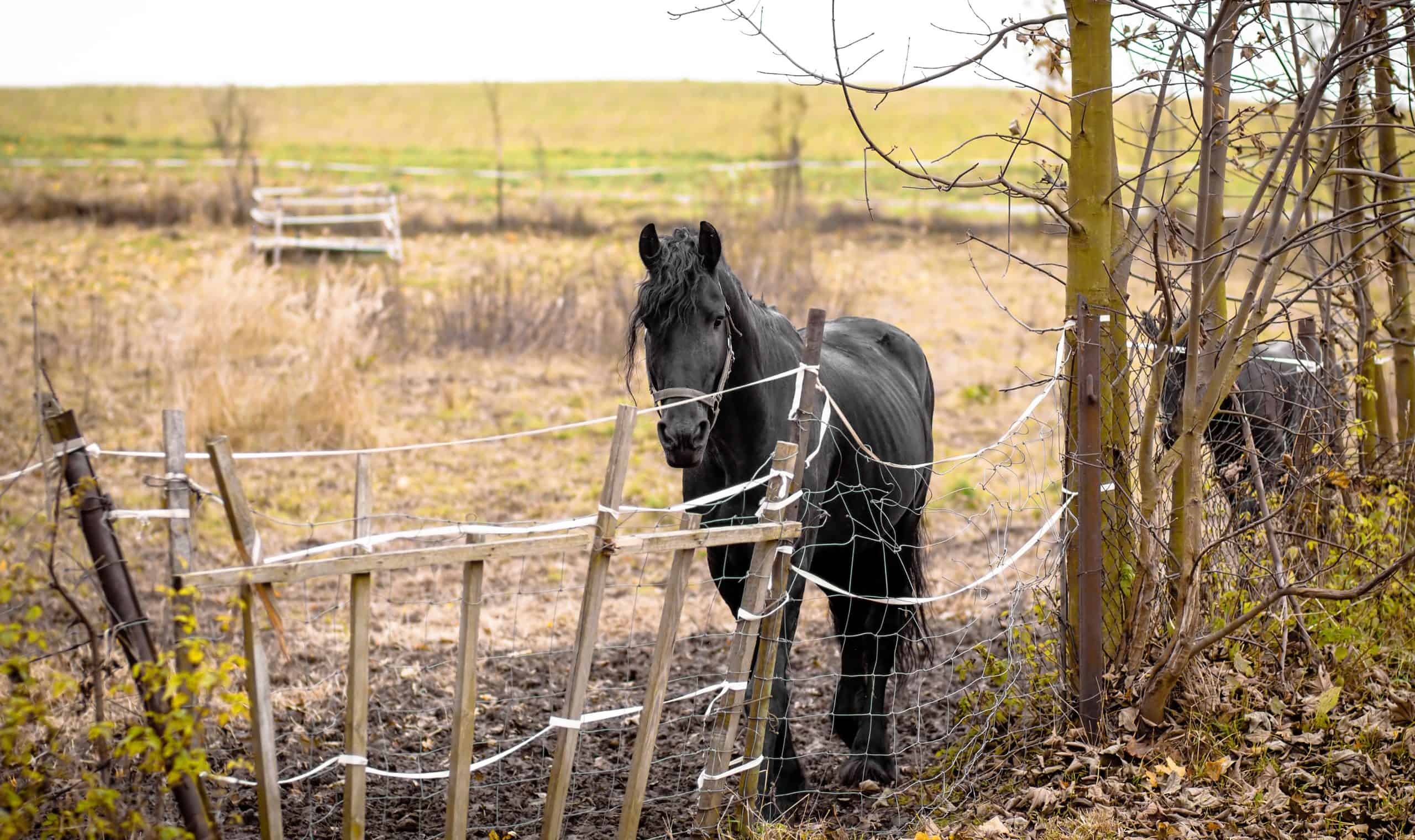
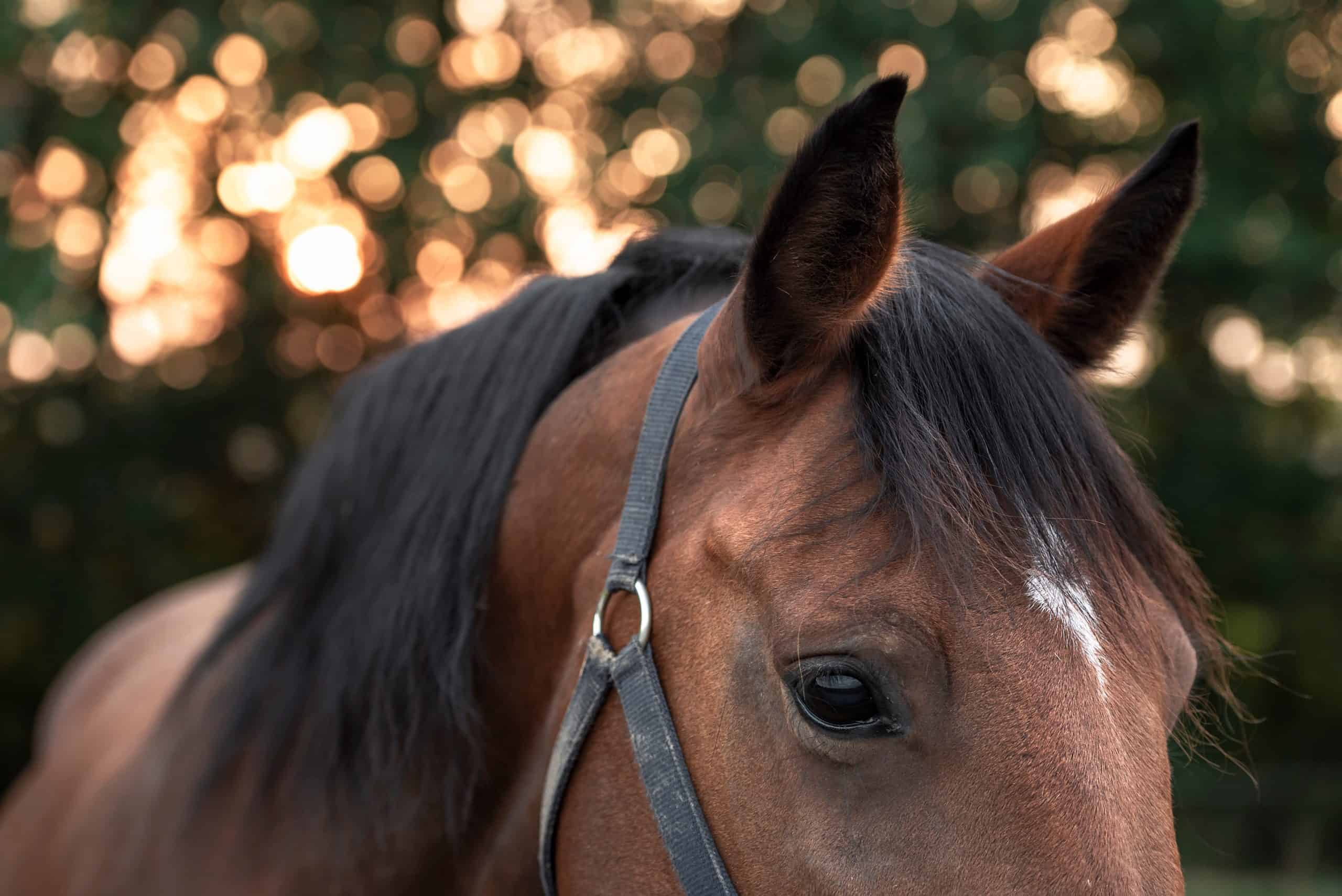
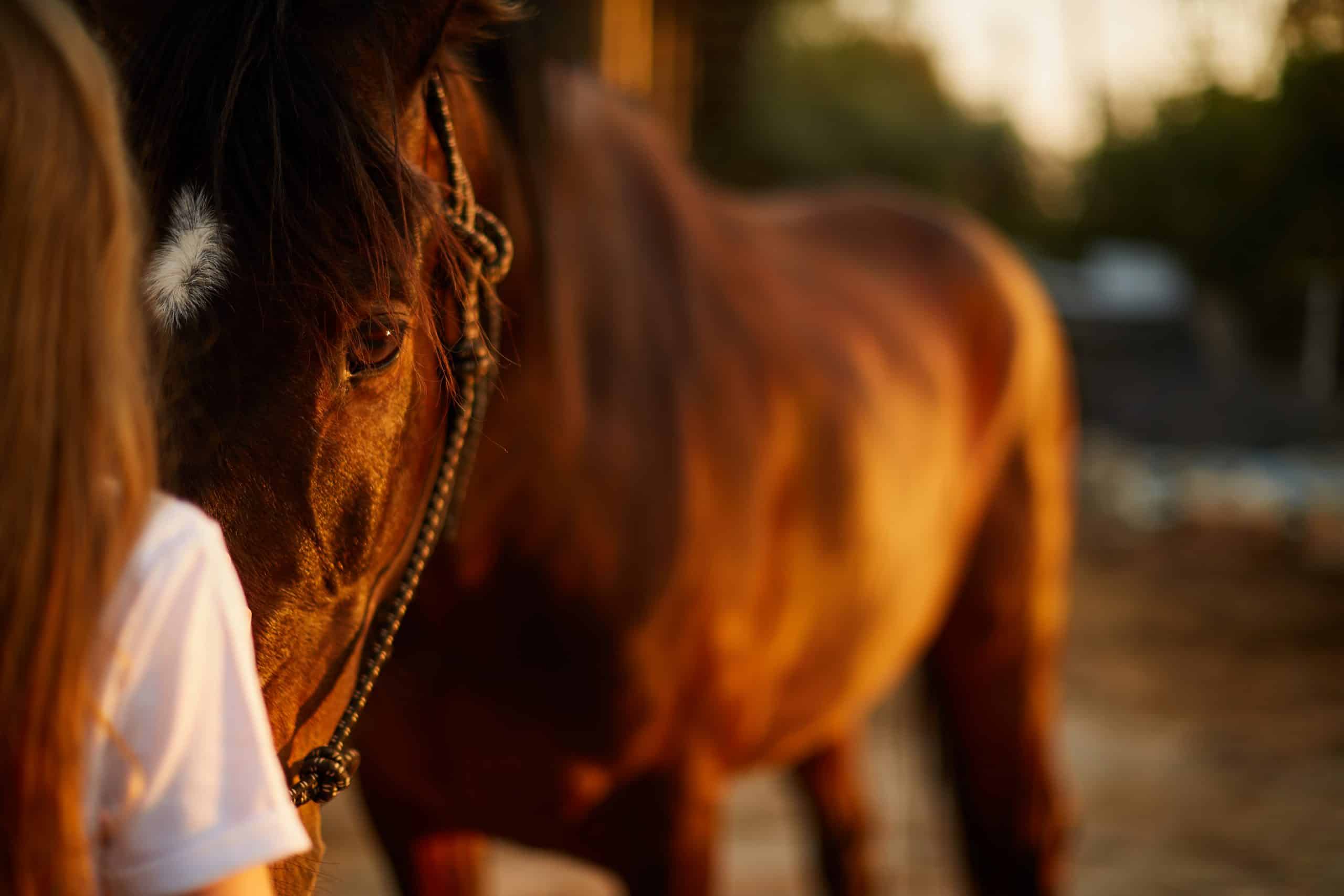

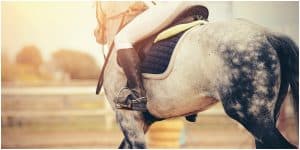
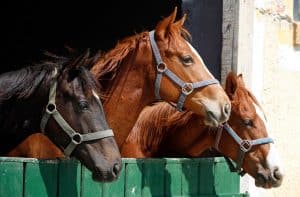
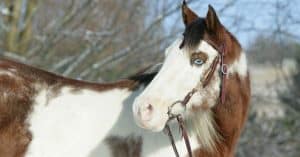
Leave a Reply